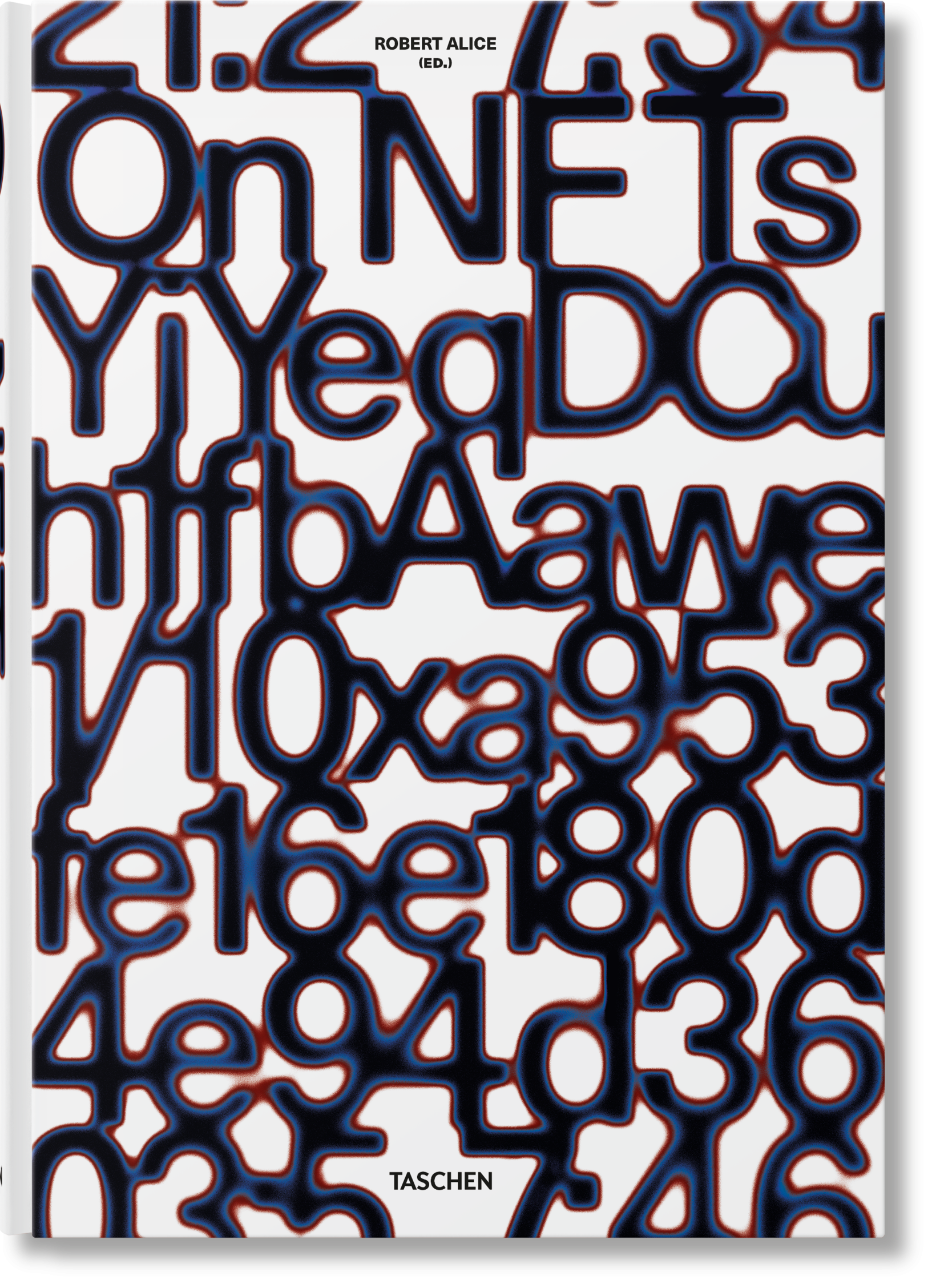Before the term NFT had even entered our lexicon, and Ethereum became the backbone of the digital art market, conceptual artist Sarah Meyohas was pioneering the intersection of art and blockchain technology. In February 2015, a full five months before the launch of Ethereum, Meyohas introduced Bitchcoin to the world, marking the first instance of art tokenization on the blockchain. This groundbreaking venture was not merely a foray into the digital transformation of art ownership but a prescient glimpse into the future of how art would be perceived, valued, and traded.
It represented one of the initial instances where physical art was tokenized on a blockchain, initially backed by conceptual artist Sarah Meyohas' photography. Each Bitchcoin was equated to 25 square inches of one of Meyohas' photographs from her "Speculations" series, allowing holders to exchange 25 Bitchcoins for an entire photograph. This pioneering project explored themes of value, valuation, and speculation, with the first edition of Speculation photographs backing 200 coins at $100 each. Buyers received a "paper wallet" certifying their purchase, with the physical prints securely stored.
Fast forward to six years later, Meyohas undertook the ambitious task of migrating Bitchcoin onto the Ethereum blockchain. This transition was not just a technical update; it was a conceptual expansion, anchoring the cryptocurrency in the physical realm through her Cloud of Petals exhibition at Red Bull Arts New York. Meyohas chose to back each Bitchcoin with a unique pressed rose petal from the exhibition, creating a tangible link between the digital and material worlds. The release was limited, with a total supply of 3,291 Bitchcoins, each one a portal to a singular artwork represented by a rose petal.
The sale of 480 tokens through an auction with Phillips and the availability of individual Bitchcoins on Opensea marked a significant moment in art history. Meyohas's Bitchcoin challenged conventional notions of art ownership and value, proposing three revolutionary ideas: tracking artwork ownership through blockchain, enabling public fractional ownership of artwork, and recognizing blockchain itself as a medium of artistic expression.
Meyohas's Cloud of Petals project, the backbone of this Bitchcoin release, was an exploration into the future of labor, beauty, and artificial intelligence. By employing 16 workers to select, preserve, and photograph the most beautiful petal from each rose, Meyohas created a dataset for AI to generate new petals indefinitely. This act of selection introduced a subjective valuation of beauty into the dataset, creating a unique connection between human perception and technological reproduction.
The project received widespread attention, with features in Vice, Wired, and accolades from critics who recognized Meyohas's early integration of blockchain into the art world. Tim Schneider, in particular, highlighted Bitchcoin as a pivotal moment in art history, a "proto-NFT" that predated the widespread adoption of blockchain in the art market.
In 2023, the Centre Pompidou recognized the significance of Bitchcoin by acquiring two tokens for its contemporary art collection, highlighting its importance in the realm of new media works. (source)

The collection is featured in the "On NFTs. Collector's Edition by the iconic publisher TASCHEN
Bitchcoin's integration of the physical petals as both the artwork and the proof-of-work behind the cryptocurrency exemplifies a symbiotic relationship between token and value. The concept of redeeming a Bitchcoin for its physical counterpart, thus "burning" the digital token, establishes a profound commentary on the transient nature of value and the enduring impact of art.
Nathan Eisenberg's comparison of Meyohas's work to Andy Warhol's Factory underscores the shift in how value is created and perceived in the art world. While Warhol's Factory symbolized the mass production of art in the 20th century, Meyohas's Bitchcoin represents a 21st-century paradigm, where speculation and digital scarcity redefine artistic value. This comparison not only highlights the evolution of art in the context of societal changes but also positions Bitchcoin as a critical commentary on the speculative nature of both art and finance.
Sarah Meyohas's Bitchcoin is not just an artifact of digital innovation but a testament to the evolving relationship between art, technology, and economy. As one of the world's earliest NFTs, it encapsulates the potential of blockchain to transform not just the art market but our understanding of ownership, value, and the very nature of art itself. Meyohas's visionary project serves as a beacon for future explorations at the nexus of art and technology, challenging us to reconsider the boundaries of what art can be in the digital age.
In reflecting on Bitchcoin's legacy, we are reminded of the limitless possibilities when art and technology converge. Sarah Meyohas's work invites us to imagine a future where art transcends physical limitations, and ownership extends beyond the tangible, into the realm of the digital and conceptual. As we continue to navigate the evolving landscape of NFTs and blockchain art, Bitchcoin stands as a pioneering milestone, a symbol of innovation, and a challenge to the status quo.
At Art Basel, Meyohas presented a hologram sculpture from her Interferences series, sold for $295,000, which, while analogue, complements her digital endeavors by offering an augmented reality experience that transcends screen technology, demanding in-person engagement for full appreciation.
Source: sarahmeyohas.com/bitchcoin/
What new possibilities do you see emerging at the intersection of art and blockchain technology in the future?

